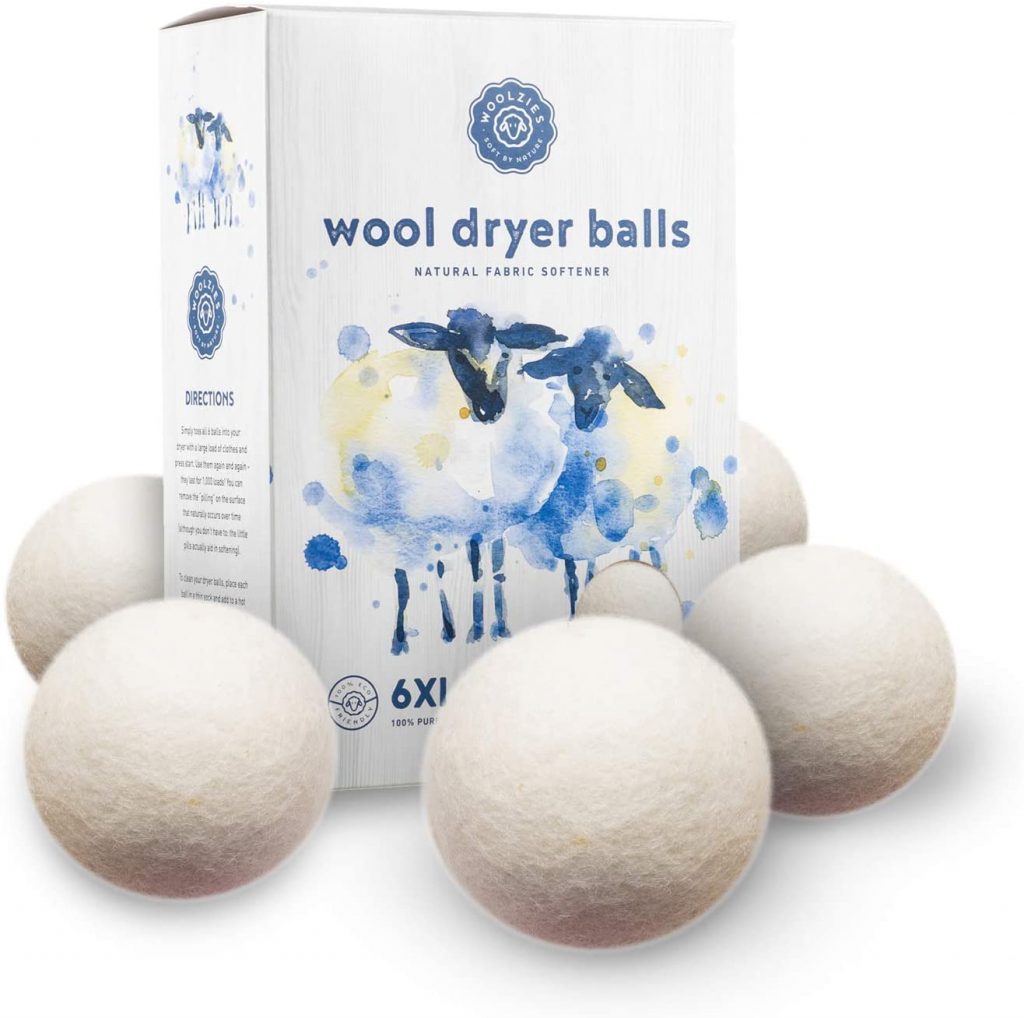Last Updated on March 30, 2023
A good goose-down comforter is a sound sleep investment.
Provided that you are not allergic, a down comforter is an ultimate luxury when it comes to bedding components.
If you’re only going to splurge on one part of your bed – it should be on a good down comforter! Sheets and pillows will come and go, but your comforter will last a while.

What is awhile?
A down comforter should last you anywhere between 10 to 15 years. If you take care of it properly, it could even last up to 20 years.
The key is in how you maintain it and use it.
Here are some tips on how to take care of your down comforter, what to avoid, to make your down comforter last as long as possible.
Use a duvet cover
Most people use a duvet cover with their comforter. If you are one of those people who don’t, or if you sometimes get lazy and go without – STOP!
A duvet cover is one of the best ways to protect a comforter.
A duvet cover not only makes your bed more stylish, but also protects your comforter from stains, sweat, oil, and other contaminants.
Keeping your comforter clean means having to wash it less often. The more you wash a comforter, the sooner the down inside breaks down.

Also, if your comforter has duvet loops (a common feature with today’s comforters), use them!
Safety pins just create more holes. Which is not a good thing. Individual down clusters are small, and it doesn’t take much of an opening for them to leak out.
Launder properly
Generally speaking, you’ll want to wash your comforter once every 3 to 4 months.
When you wash your comforter, do so properly – read the washing instructions on the tag. Down is very fragile in nature, and needs to be taken care of.

The instructions will most probably call for washing in cold water, on a gentle setting. Use a mild detergent (liquid preferably, not powder).
Don’t add any other garments to the machine, and make sure there is enough room in your machine to properly handle the comforter loosely.
If you have to pack it in, visit a laundromat, or have it professionally cleaned.
Dry properly
After you have properly washed your down comforter, make sure you dry it properly as well.
You’ll want to make sure the comforter is thoroughly dried, as wet or damp down can grow mold – a quick way to ruin a good down comforter!
Dry the comforter on your lowest heat setting, and toss a few clean tennis balls in there to help keep the down fluffed and clump-free.
Better yet, ditch your dryer sheets, skip the tennis balls, and switch over to wool dryer balls.

If you prefer to let your garments air dry outside, give yourself enough time. Depending on the temperature, a comforter will take several more hours to completely dry than regular clothing items.
You can speed up the process by facing a rotating fan towards it.
Make your bed
Your mom always told you to make your bed – and for good reason!
Not only does it look good, but it also prolongs the life of your down comforter. Spreading out the comforter across your mattress keeps it flat, and crimp-free.

When you don’t make the bed, the comforter is often left folded over in multiple spots.
These folds create crimped and crinkled areas that can add stress to the down clusters, causing them to break apart sooner than you’d like.
Listen to your mom – make your bed!
Rotate every time you wash your sheets
All comforters have a common wear pattern, and the majority of it is usually where the comforter meets your shoulders. Your shoulders are a high friction area – and that friction causes wear and stress on the down clusters.
If you examine a comforter that has been used for several years, the squares located around the middle portion at the top of the comforter will usually be the most worn out.
When the down inside those squares breaks down, it turns into dust-like material, and those squares, which were once fluffy, will now be flat – like a deflated balloon.
To ensure that your comforter wears evenly, rotate it every time you wash the sheets. The portion that was at the top of the bed, will now go to the foot of the bed.
Repair it, don’t replace
If you notice that one or several of the squares have gone flat – or if the down has just leaked out, consider repairing your comforter instead of replacing it.
Repairing a comforter is actually quite easy – especially if you know your way around a needle and some thread.
A comforter is not constructed like a pillow – there are individual boxes sewn into the comforter to keep the down evenly distributed.
That means that you only have to repair the worn-out boxes – not the entire comforter.
You can purchase replacement down fill in increments as little as 1/4 lb. For the average comforter, that is enough to re-fill about 4 squares.

To repair a comforter, make an incision along the edge of an individual square, replace the fill, and then close the opening with a needle and thread. It’s that simple!
Repairing a comforter this way will incur a small fraction of the cost of buying a new down comforter.
Don’t abuse it
Avoid using your comforter for anything other than sleeping.
Added stress to the down, especially weight on top of it, reduced its lifespan dramatically. Avoid sitting on top, or jumping on your bed.
If you have to sit on top of your bed, move the comforter away first. Needless to say, laying down on top of your comforter is not a good idea either.
Along the same lines, try to avoid sexual activity on top of the comforter as well.

Don’t compress
For the same reasons as above, avoid compressing your comforter when not in use.
It might be tempting to vacuum seal a comforter for storage – but it’s just not a good idea. The compression just adds more friction to down, which is a fairly fragile material, to begin with.

A down comforter will be noticeably less fluffy when you take it out of the sealed bag.
Use the proper weight
Finally, use a comforter of the proper weight for you.
If you’re about to purchase a new comforter, avoid buying something that is too warm for you. A comforter that is too hot will cause you to sweat excessively.
That perspiration has to go somewhere, and more often than not, it ends up inside your comforter. The added moisture will lead to the down fill breaking down prematurely.

The moisture is absorbed by the down particles, causing them to weigh down, and create more friction.
We all sweat while we sleep – but it just makes matters worse when your bed is a humid mess. Buying a comforter that is too heavy is a common bedding mistake to avoid.
Final thoughts
Following the guidelines above should get the most out of your down comforter.
If you treat your comforter with respect and handle it gently, it should provide you with warmth and comfort for years to come.

Where can I buy the comforter above the one with the young lady laying on bed with straw box with plant on top of it next to her thank you
How can I purchase the comforter above in section don’t abuse it under “How to make your down comforter last longer” thank you it is white with gray embroidered sections surrounded by white bafflebox squares of down with a young lady lsying on to of bed with a straw box and green pillows on top of bed this comforter is what I’ve been searching for what manufacturer thank you